Ielts Listening Map/diagram/plan Labelling Questions
Apart from listening skill, you are suggested that having a maximum score in Map/Diagram/Plan/Flowchart Labelling Questions needs an appropriate strategy and some useful tips. This article will present to you the way how to deal with this question type and prepare for your IELTS Listening test.
1. Introduction to IELTS Listening Map/Diagram/Plan/Flowchart Labelling Questions
Out of four sections, Map/Diagram/Plan/Flowchart Labelling Questions are likely to appear in Section 2 that is considered to be one of the most challenging sections in the Listening test.
You will be provided a map (e.g. proposed changes to a place)
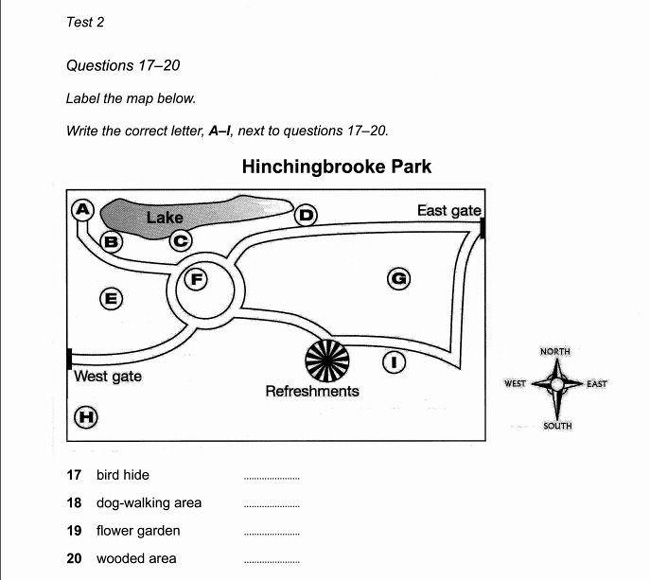
or a diagram (e.g. how a machine functions)
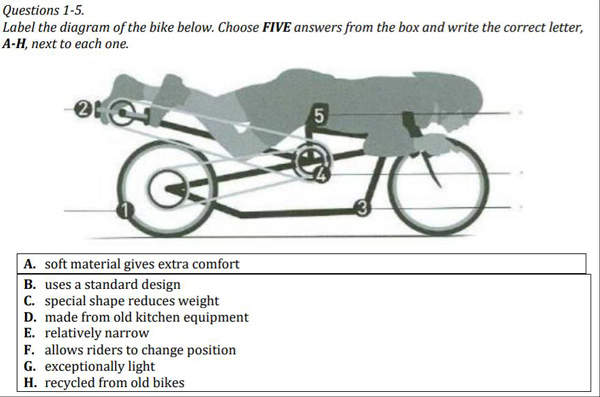
or a plan (e.g. plan for building a theatre, park, etc. or plan for a tour).

or a flowchart
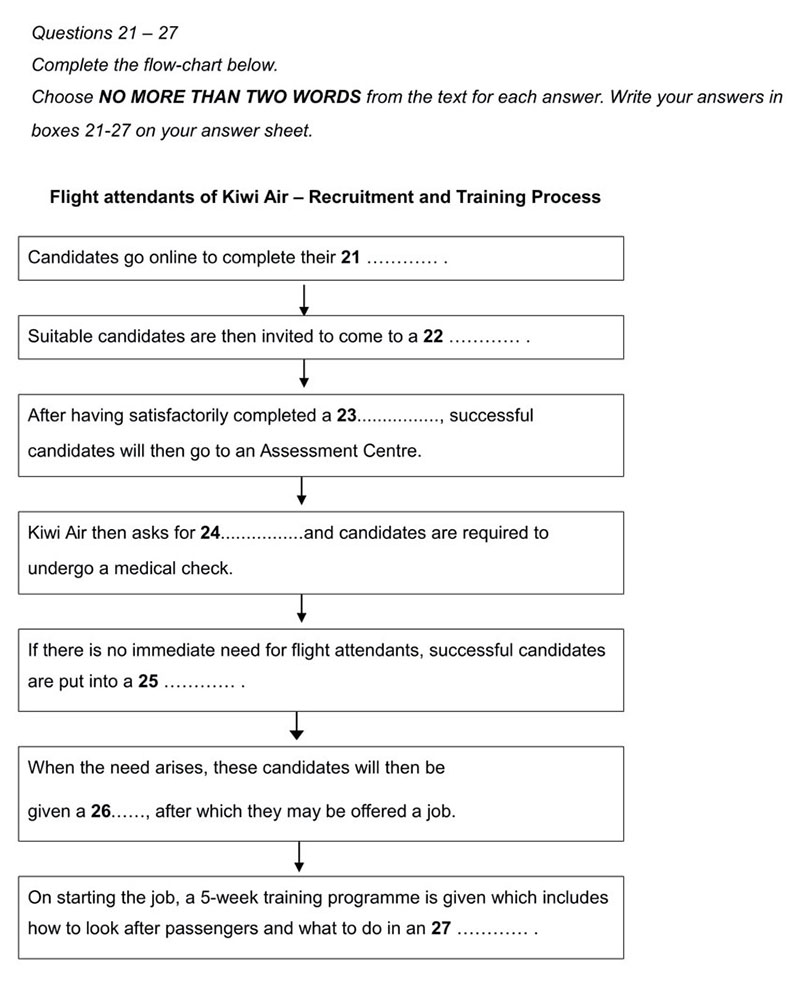
In some cases, a list of options attached to the IELTS listening map/diagram/plan/flowchart gives candidates possible answers for each label. Your task is to trace specific areas or features while listening to the recording. If there is a list of labels, stick to it and you will find out the answers more easily.
Now, after getting to know the Map/Diagram/Plan/Flowchart Labelling Questions, it’s time to jump into strategies and tips to successfully master this question type in IELTS Listening test.
>>> Practice now: IELTS Listening Practice Test
2. Map/Diagram/Plan/Flowchart Labelling Questions Strategies

Mục Lục
2.1. Read the questions and requirements carefully
Don’t ignore the requirement since you can recognize not only the word limit but also a list of possible answers that are given or not. Besides, it will not be confusing once you identify your task as a map, diagram, plan, or flowchart.
On the other hand, take a quick look at the map/diagram/plan/flowchart and focus more on the main parts for more effortless understanding and navigating.
2.2. Identify and Underline keywords
Never forget to identify keywords and underline or highlight those as they will help you determine when the information is mentioned. Because the time given for preparation before listening is limited, you should just spend approximately 15 to 20 seconds for this step and move to the next one. Also, there will not be so many words in the map/diagram/plan/flowchart, just look for the prompts benefiting your answers.
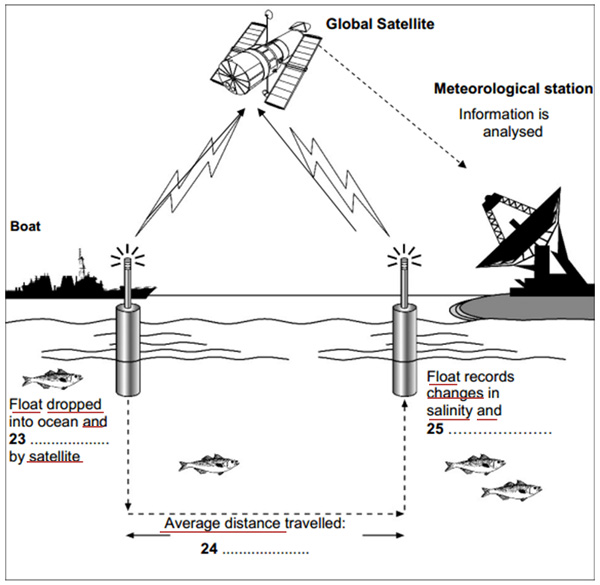
2.3. Identify the starting point
In the next step, try to think about:
-
Where might the person start?
-
Which direction might he or she head?
-
What is his or her left hand and right hand
-
What is behind or in front of?
(with map, plan)
-
What might be the first step in the process?
-
Which direction might the process continue?
(with diagram)
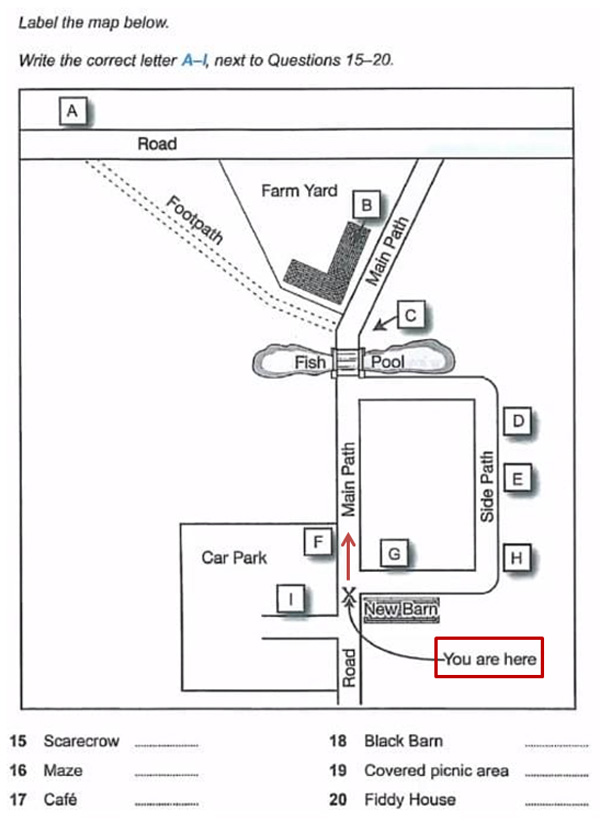
Another thing you should take into consideration is quickly drawing a mini-compass beside your map, plan, diagram or flowchart so that you can visualise the directions with almost no difficulty.
2.4. Predict the answers
After having a general understanding of the map/diagram/plan and its features, try to predict the word type of each label (noun, adjective, adverb, participle, etc.) and note down beside it.

2.5. Listen and label the map/diagram/plan/flowchart
Listen carefully to the audio and pay attention to direction words and some signposting words (e.g. The next ___ is ___.) to understand and follow each step the speaker is talking about. Besides, you can trace your pencil along with the direction the speaker is heading to.
2.6. Double-check answers
You should ascertain your spelling and grammar is perfectly written and you will definitely get a point.
> >> See more: IELTS Listening Multiple Choice Questions
3. Tips for Map/Diagram/Plan/Flowchart Labelling Questions

- Don’t ignore the instructions that show you the word limit (NO MORE THAN ONE WORD AND/OR A NUMBER) and other important requirements.
- Either certain answers or hesitated ones should be written down onto the answer sheet
- Whatever the type of question is in the IELTS Listening test, you should think of synonyms or paraphrases for each term and phrase in the map/diagram/plan/flowchart and look for those in the recording
-
Notice contrast words (however, but, sorry, etc.) since the answers are often located after these words
-
Draw attention to the beginning of the recording to understand the context and you can easily keep track of the speaker
-
Try to imagine or visualize the map/diagram/plan/flowchart while listening
-
Make use of the direction words or signposting words (e.g. The next ___ is ___.) to locate the position
-
Try to take note of every detail that is beneficial for your answers next to the label and you will not miss any information
-
The answers will be arranged
in order of the label
, so the answer to the next question will be mentioned after the previous one
-
Pay particular attention to the
words
that come
before and after the gap
to help you notice when the information you are waiting for is mentioned
4. Vocabulary for Map/Diagram/Plan/Flowchart Labelling Questions
Direction
-
on the left hand side / on the right hand side
-
on the left of / on the right of
-
to the north / to the south / to the east / to the west
-
south / north / east / west
-
southeast / southwest / northeast / northwest
-
slightly west / south / north / east of
-
at the top / at the bottom
-
at the end of
-
on the corner
-
above / below
-
between / in the middle of
-
inside / outside
-
next to / alongside / adjoining
-
opposite / in front of / behind
-
just beyond / a little beyond / just past / right past
-
before / after
-
at the crossroads
Showing direction
-
run / walk through
-
go upstairs / downstairs
-
take the first left / take the second right
-
leave the main building
-
take the right-hand / left-hand path
-
turn left / right
-
go straight
-
be surrounded by
-
go / walk along
-
before you get / come to
-
go towards
-
cross the bridge/ go over the bridge
-
clockwise / counterclockwise / anticlockwise
Places
-
park
-
national park
-
car park
-
museum
-
theatre
-
garden
-
circular area
-
picnic area
-
wildlife area
-
bird hide
-
corridor
-
foyer
-
office
-
ground floor
-
stage
-
maze
-
tower
-
post office
-
basement
These tips, as well as strategy, will help you prepare for the Map/Diagram/Plan/Flowchart Labelling Questions and achieve a high band score in the IELTS Listening test.
Let’s get started with our free IELTS online test to pass your exam on your first attempt.















![Toni Kroos là ai? [ sự thật về tiểu sử đầy đủ Toni Kroos ]](https://evbn.org/wp-content/uploads/New-Project-6635-1671934592.jpg)


